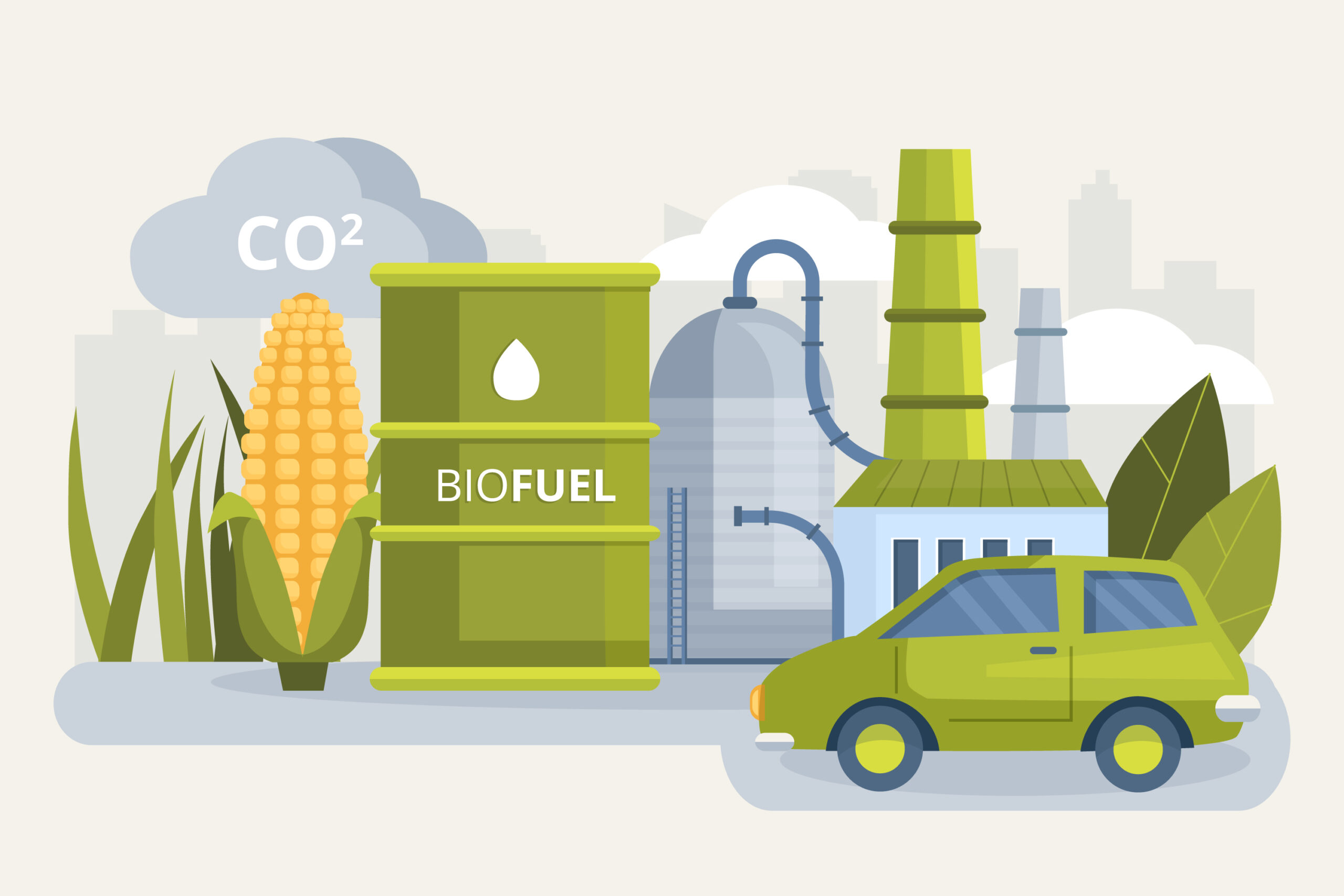In the midst of evolving and regionally diverse fuel regulations, the demand for renewable diesel derived from bio-feedstocks has been experiencing consistent growth. A significant challenge in the conversion of vegetable oils and fats into renewable diesel lies in addressing the high cloud point of n-paraffins.
This necessitates the careful selection of appropriate process technology and dewaxing catalyst. Innovative solutions have emerged that focus on enhancing the efficiency of renewable diesel production through process technologies and catalysts.
This article delves into these technologies and their accompanying catalysts, shedding light on the benefits they offer to the renewable diesel production landscape.
Process Technologies and Catalysts: A Synergetic Approach
Process technologies that enable the production of renewable diesel play a pivotal role in optimizing the conversion of bio-feedstocks. These technologies encompass hydroprocessing and pyrolysis methods. In hydroprocessing, natural triglycerides are subjected to a series of complex reactions to obtain renewable diesel.
Among these reactions, hydrodeoxygenation (HDO), decarboxylation, and decarbonylation are essential steps, heavily influenced by the choice of catalysts and reaction conditions.
Catalysts, as crucial components of the conversion process, have the power to enhance catalytic properties. Traditional noble metal catalysts such as Pd and Pt, known for their high selectivity in deoxygenation reactions, have limitations due to cost and scarcity. Consequently, innovative bimetallic catalysts have garnered attention.
These catalysts combine noble metals with more cost-effective counterparts to improve overall catalyst efficiency. The synergistic effects between these metals contribute to catalyst selectivity, activity, and stability, resulting in higher hydrocarbons content and purity.
Advantages of Bimetallic Catalysts
Bimetallic catalysts exhibit several advantages over their traditional counterparts:
Cost-Effectiveness: The use of less expensive metals in bimetallic catalysts offers cost-effective alternatives without compromising catalytic efficiency.
Enhanced Catalytic Properties: The interaction between the combined metals leads to improved selectivity, activity, and stability, resulting in higher-quality end products.
Promising Efficiency: Bimetallic catalysts show promising potential in enhancing overall reaction efficiency, thereby contributing to higher yields of hydrocarbons.
Sustainability: By utilizing readily available metals, bimetallic catalysts align with sustainability objectives, reducing reliance on scarce resources.
Key Takeaway
As the world seeks to transition toward more sustainable energy sources, renewable diesel production is gaining momentum. Process technologies and catalysts play pivotal roles in shaping the efficiency and viability of such production methods.
Bimetallic catalysts, with their synergistic properties and cost-effectiveness, stand out as promising solutions for enhancing catalytic reactions, yielding higher-quality hydrocarbons, and ultimately contributing to a greener energy landscape.


